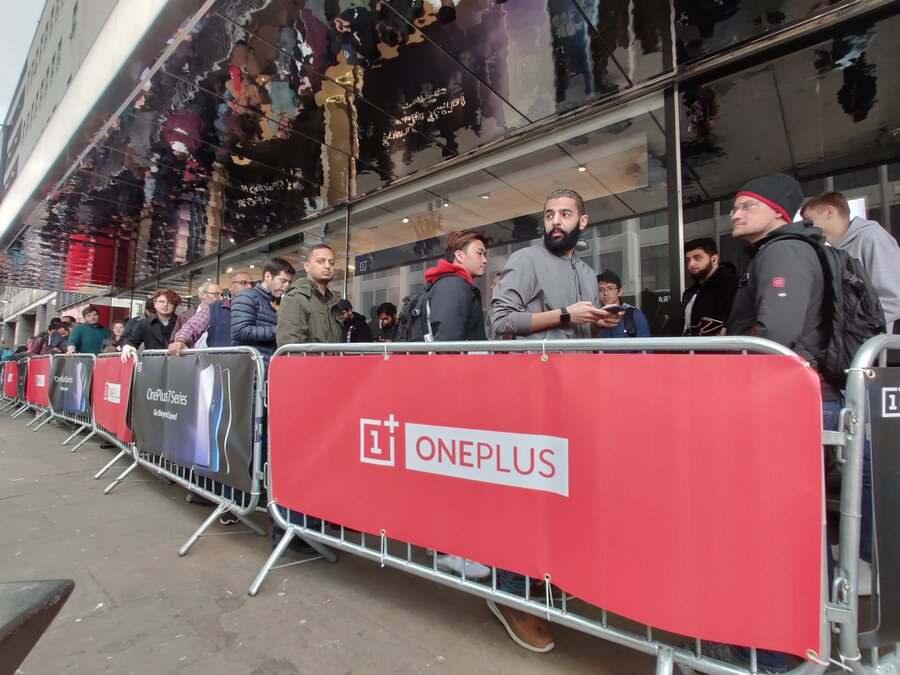The European Union laws are sometimes quite beneficial of regular users. Unlike most of the places, EU is very much flexible for after sales services and claims. Minimum 2 years of legal guarantee is the cherry on top.
You can also offer the consumer an additional commercial guarantee (warranty). This can either be included in the price of the product or at an extra cost. This warranty does not replace the legal guarantee, which is always a minimum of 2 years, and you must inform the consumer that this will not affect their right to the legal guarantee.
(Source)
Freedom of choice from the perspective of the consumers is another advantage inside EU regions. For example, Microsoft was forced to create a separate ‘N’ edition (and another short lived ‘E’ edition) of Windows to comply with the EU rules about bundling software like Windows Media Player.
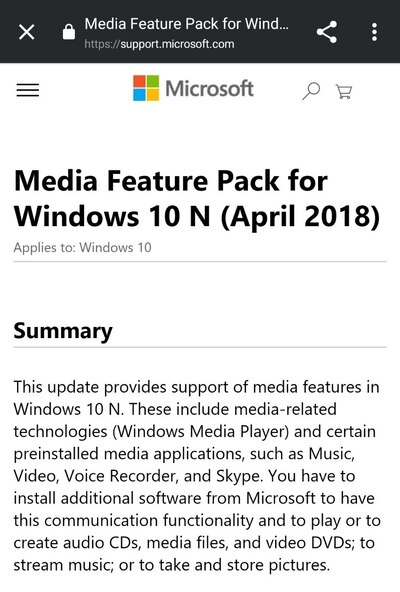
Similar changes have been recently incorporated in Android as well. For regular Android users, Google’s suite of apps (such as Google Search or Chrome browser) are seemingly an integral part of the OS. European Union wanted to introduce fair competition in these segments.
Google quickly made some changes in Android to comply with the regulations. The Play Store has been updated to provide choice to select the default search and browser apps other than Google Search and Google Chrome.
These new screens will be displayed the first time a user opens Google Play after receiving an upcoming update. Two screens will surface: one for search apps and another for browsers, each containing a total of five apps, including any that are already installed. Apps that are not already installed on the device will be included based on their popularity and shown in a random order.

To integrate these changes, multiple Android OEMs started to create and maintain a separate branch of firmware for the European Economic Area (EEA). After Xiaomi, OnePlus is the newest Chinese OEM in this practice.
The OnePlus 7 Pro launched in the European Union countries came with a separate version of OxygenOS 9.5 than the Indian or global models. The internal model number of EU units (GM1913) is also different from the Indian (GM1911) and global/US unlocked (GM1917) units.

We have captured the day-one OTA update for the OnePlus Pro in different regions. After analysing them, we can confirm that the EU specific OxygenOS 9.5 (with the build tag GM21BA) is less bloated than the Indian/global version (GM21AA).

Less number of bundled apps and shady data collection
The firmware of EU units does not come with preinstalled Google Pay. Moreover, India specific bundled Amazon apps are also not present there.
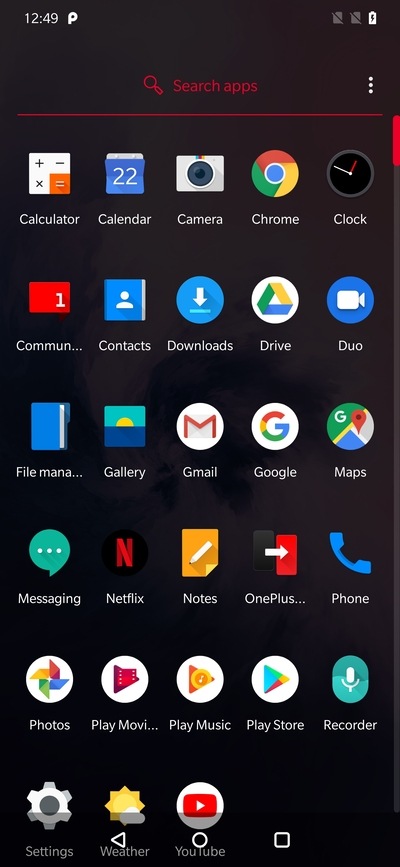
Remember the shady deal between OnePlus and Tencent regarding the integration of an ‘intelligent’ junk file cleaner in the stock file manager app? We can also confirm that the feature is disabled in EU ROM, while the Indian users are cursed again.
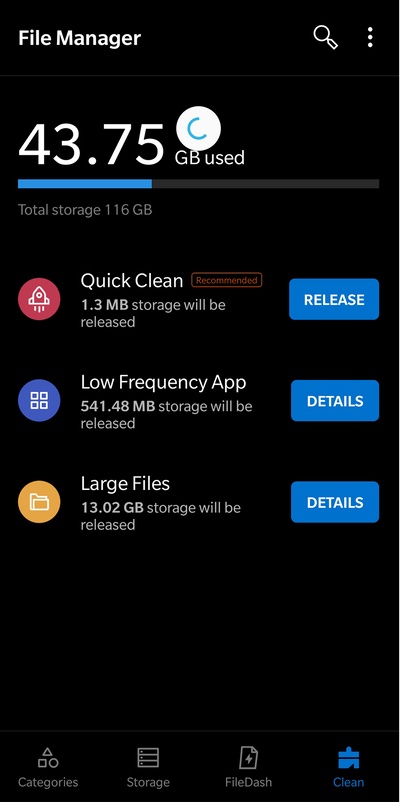
Recent media interactions indicate that OnePlus is planning to introduce more India specific new features in future updates of OxygenOS, such as spam caller identification, SMS management and a work-life balance app (Digital Wellbeing clone?)
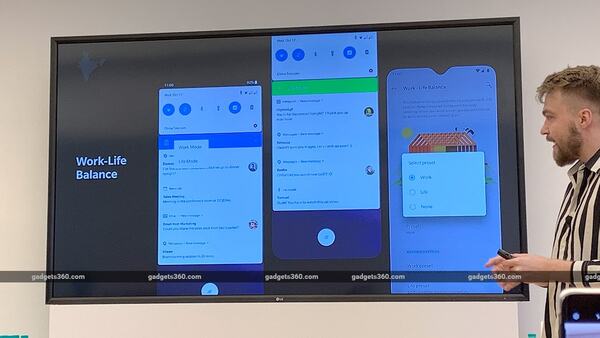
Hopefully Indian users can get rid of these ‘features’/bloatware (depending on the perspective) by switching to EU version of OxygenOS.
Yes, it can be possible to seamlessly cross-flash the EU firmware package on top of the global and Indian OxygenOS for OnePlus 7 Pro.
Users need to download the full update zip (9.5.4.GM21BA is the current latest version), place it in the root of their internal storage and use the Local upgrade option to flash it.
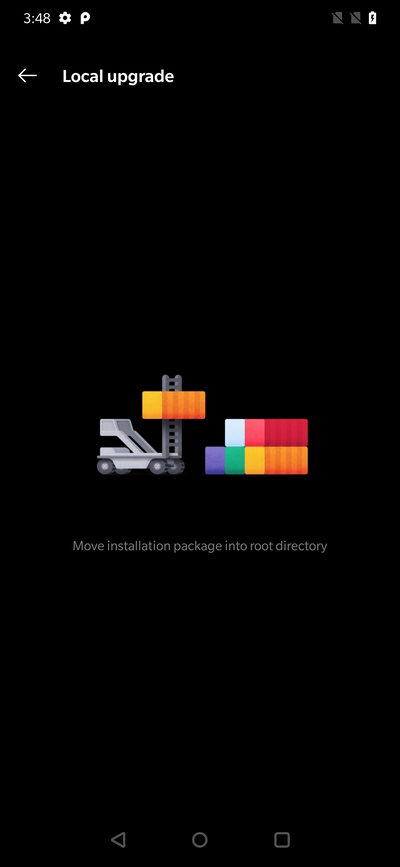
No data wipe is required, and the end result is a phone less-bloated version of OxygenOS.

OxygenOS may set some internal parameters and reinstall the Amazon apps by detecting an Indian SIM, but we have yet to experience such phenomenon. Automatic updates should work without any hitch, although it is not possible to verify that before next OTA update (which should come in a week).
What do you think about the upcoming features in OxygenOS? Let us know by commenting below.
PiunikaWeb is a unique initiative that mainly focuses on investigative journalism. This means we do a lot of hard work to come up with news stories that are either ‘exclusive,’ ‘breaking,’ or ‘curated’ in nature. Perhaps that’s the reason our work has been picked by the likes of Forbes, Foxnews, Gizmodo, TechCrunch, Engadget, The Verge, Macrumors, and more. Do take a tour of our website to get a feel of our work. And if you like what we do, stay connected with us on Twitter (@PiunikaWeb) and other social media channels to receive timely updates on stories we publish.

